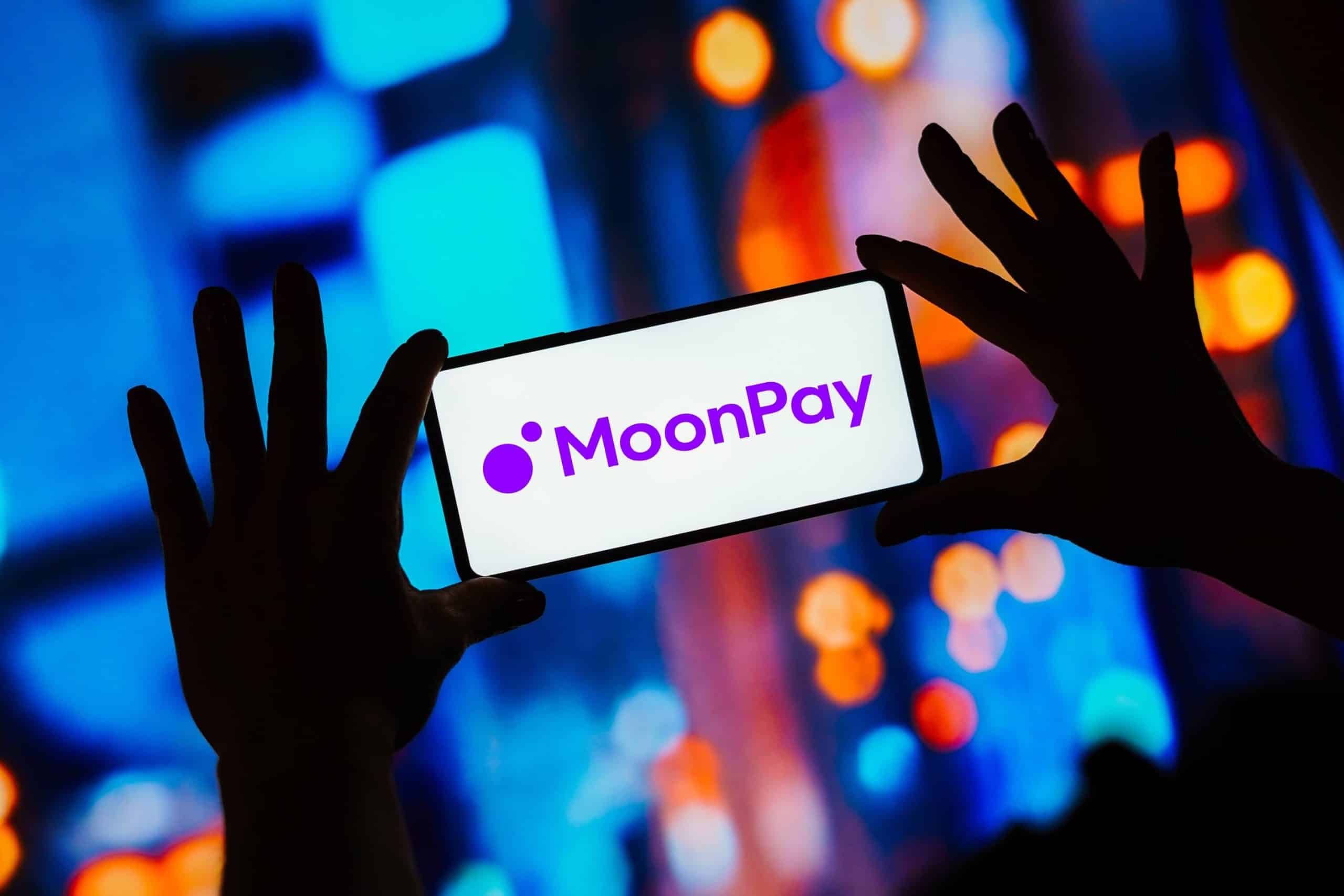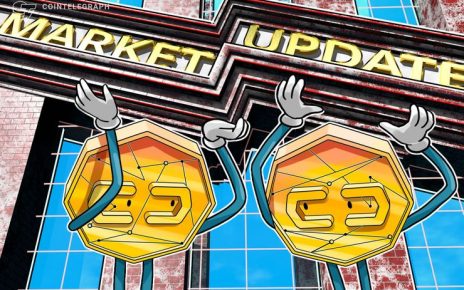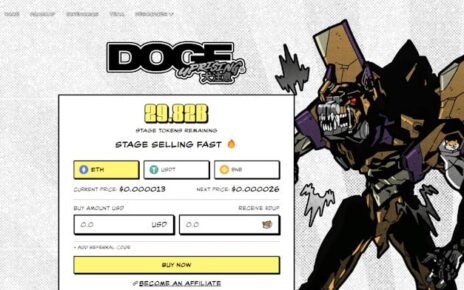
Get your daily, bite-sized digest of cryptoasset and blockchain-related news – investigating the stories flying under the radar of today’s crypto news.
__________
- Crypto payments infrastructure firm MoonPay announced that it partnered with Mastercard to drive innovation and strengthen consumer connections. According to the press release, the two companies will explore how Web3 tools can enhance experiential marketing—including across Mastercard’s sponsorship portfolio—to connect with consumers in new ways. MoonPay will also work closely to embed Mastercard products and solutions to drive trust, compliance, and efficiency across the industry. Otherlife, a subsidiary of MoonPay that provides Web3 creative agency services, development, strategy, and experiential services, will play a key role in the partnership, it added.
- The Injective blockchain has released its DeFi Trader Survey 2023, finding that most respondents (63.8%) trade on both a centralized and decentralized exchange. 14.7% trade only on centralized exchanges, and 11.2% trade only on decentralized exchanges (DEXes). Surprisingly, it said, 10.3% of people weren’t able to discern the types of exchanges. For 37.3% of respondents, trading is their main source of income, and an additional one for 62.7% of them. 30.3% have 26-50% of their overall investment portfolio allocated to DeFi trading, followed by 29.3% of respondents with 11-25% of their portfolio allocated. Most respondents (71%) prefer to trade on Binance Smart Chain and Polygon (62%), followed by Ethereum (52%) and Injective (51%), then Solana (23%), Avalanche (15%), Fantom (8%), Polkadot (4%), and Cardano (2%). For 62.1% of respondents, incentives provided by decentralized finance (DeFi) projects were the main factor that influenced them to engage in DeFi trading, while other factors include Potential for high returns (59.8%) and Access to a wide range of tokens (52.1%). Most respondents (41%) consider Liquidity as the primary factor that influenced which DEX they’ve chosen to trade on, followed by Trading Fees (38%) and Security Measures, Privacy, and Anonymity (29%). Most respondents (55%) highlighted Security risks and vulnerabilities as the main challenges they have encountered in DeFi trading, followed by Transaction speed and network congestion (54%) and Limited liquidity (46%).
- Chainstack, a suite of services connecting developers with Web3 infrastructure, announced the launch of the DeFi application programming interface (API), its solution to streamline access to real-time decentralized finance data. Per the press release, Chainstack’s DeFi API enables seamless access to real-time data from every major decentralized finance protocol, including Uniswap, Lido, Avee, Compound, PancakeSwap, SushiSwap, and others. With the DeFi API, users can build comprehensive dashboards by utilizing the data from decentralized exchanges and finance protocols. Traders can enhance their portfolio management and strategies by getting instant access to every trading transaction across major DEX platforms, tracking token value, yield rankings, and more, it said. Analysts can use the API to research market conditions across the DeFi industry and streamline their data research using a single tool. Security researchers can easily track and analyze address activities. Developers don’t need to write custom indexers, manage databases, pay for archival node requests, or handle chain reorganizations – they can access a ready-to-use API through GraphQL. The DeFi API is built on top of the Chainstack’s Subgraphs, a blockchain data indexing solution that abstracts complex backend infrastructure and engineering, necessary to extract and process data from archive nodes, to reliably deliver real-time on-chain data, the announcement said.
- DeFi platform Summer.fi announced the expansion of its product offerings to Layer 2 (L2) network Base, which is built on Ethereum L2 network Optimism’s OP Stack and incubated by crypto exchange Coinbase. Per the press release, Layer 2 solutions alleviate the congestion on the Ethereum mainnet, enabling Summer.fi to provide a seamless and more efficient trading experience even during peak periods. With this integration, users gain Summer.fi’s “smooth” user experience (UX) using three L2 solutions: Arbitrum, Optimism, and now Base. Summer.fi also introduced the support for AAVE v3 Borrow and Multiply for Base. This will combine cheaper transaction costs from L2 with the platform’s UX to manage and monitor position and the ability to bridge to Base straight from any supported network.
- BitGo has officially integrated Layer 1 (L1) blockchain Injective. According to the announcement, the core component of the integration is BitGo’s native support for INJ, the utility token used to power, secure, and govern the blockchain. This will enable “some of the most influential institutional players to securely deploy and safeguard their INJ holdings while delving deeper into the world of Injective,” it said. In turn, it will also allow both companies to make significant strides in advancing institutional DeFi adoption, the announcement stated, adding: “The synergy between BitGo and Injective underscores the vital role of bridging the gap between traditional finance and the burgeoning DeFi sector.”
- DSCVR (“discover”), a Web3 social media and community-building platform, announced its launch on Solana. Per the press release, the integration will expand DSCVR’s tokenized communities and crypto asset functionality to the number of users building, engaging, and transacting on Solana. The platform, which has over 200,000 users, has also developed a Solana-centric content and user experience to provide a social networking platform for the Solana community. This launch will allow DSCVR to introduce to the platform and integrate its core SocialFi functionality, combining the principles of social media and decentralized finance, it said. Users will be able to connect to their Phantom wallet, receive airdrops, view and transact assets, display verified PFPs, and create token-gated communities. Additionally, communities and partners will be able to utilize social and asset graph targeting to foster community growth.





